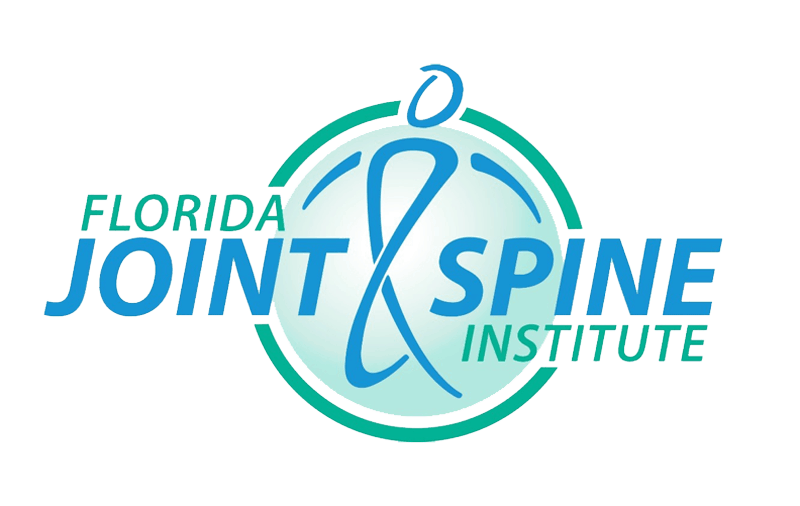As we age, staying active and exercising is more important then ever. We often find that joint pain or injury limits our ability to exercise. Shoulder pain is a common condition that can affect people in all walks of life and it is very common in seniors due to the aging process.
The shoulder is a complex, highly mobile joint that is vulnerable to sprains, strains, tears, and inflammation. Common causes of shoulder pain are:
*Arthritis: Although there are many types of arthritis, it generally involves wear and tear changes with inflammation of the joint causing swelling, pain, and stiffness Rotator Cuff Tendonitis
*Bursitis: The rotator cuff is a set of muscles and tendons that provides strength and stability to the shoulder joint. Inflammation of the tendons around the shoulder can result from a wearing process, which can take years to develop, or be caused by an acute inflammation from sports or work activities. A tear of the rotator cuff may also be present.
*Bursitis: The lubricating sac around the rotator cuff is called the bursa and can be irritated or inflamed with activity.
*Fracture or Instability: An injury or fall can cause a break of one of the bones around the shoulder or force it out of its normal position in the joint. Recurrent instability or dislocations may result in pain and unsteadiness of the arm.
*Frozen Shoulder: Tightening or stiffening of the soft tissue around the shoulder joint can lead to a very painful restriction of motion of the shoulder.
*Cervical Disc Herniation: A pinched nerve in the neck due to a ruptured disc or degenerative disc disease can often cause shoulder pain.
Important tools used to determine the source of shoulder pain include medical history, physical examination and x-rays. Often, additional diagnostic tests are necessary such as an MRI.
Treatment generally involves altering activities, rest, anti-inflammatory measures (ice and medication), and physical therapy to help improve shoulder strength and flexibility. 90% of shoulder problems respond to these simple measures, although occasionally cortisone injections or surgery may be necessary. Common sense solutions such as avoiding overexertion or overdoing activities in which you normally do not participate can help to prevent shoulder pain.
Many people ignore temporary minimal shoulder symptoms with few bad effects. However, if your symptoms persist, an orthopaedist may provide timely diagnosis and treatment. In the case of an acute injury, if the pain is intense, immediate medical attention should be sought. Orthopaedists are specifically trained in the workings of the musculoskeletal system, including the diagnosis, treatment, and prevention of problems involving muscles, bones, joints, ligaments and tendons.
Only 30 percent of Americans over age 65 exercise on a regular basis. Just 30 minutes a day of physical activity will help improve your overall-health and quality of life, so do not let shoulder pain hold you back from enjoying your life.

